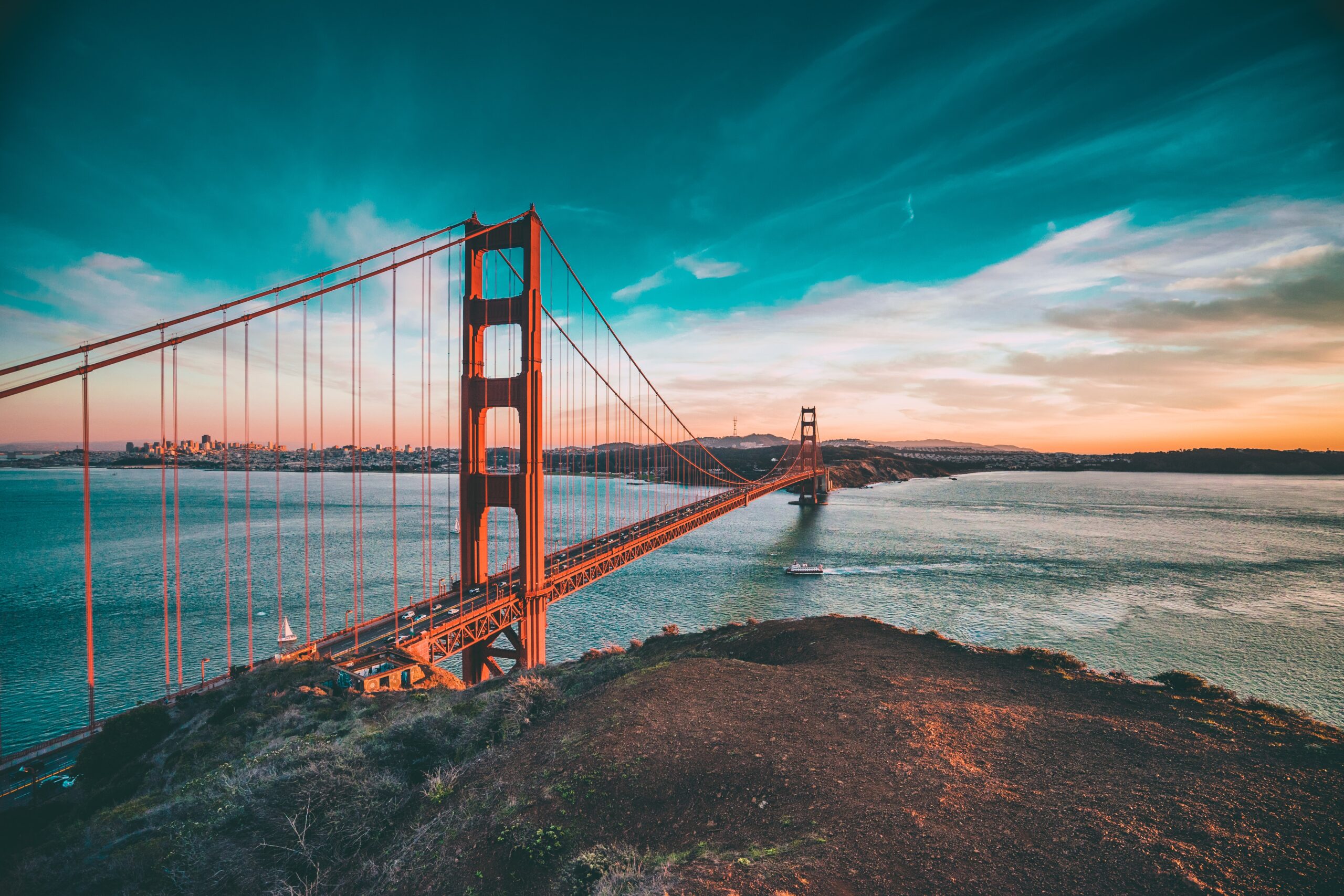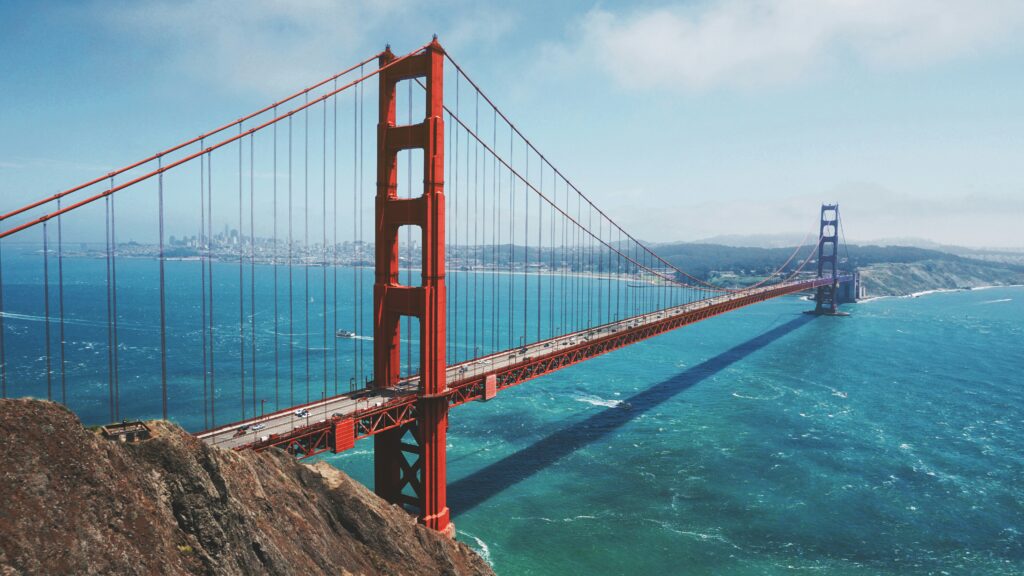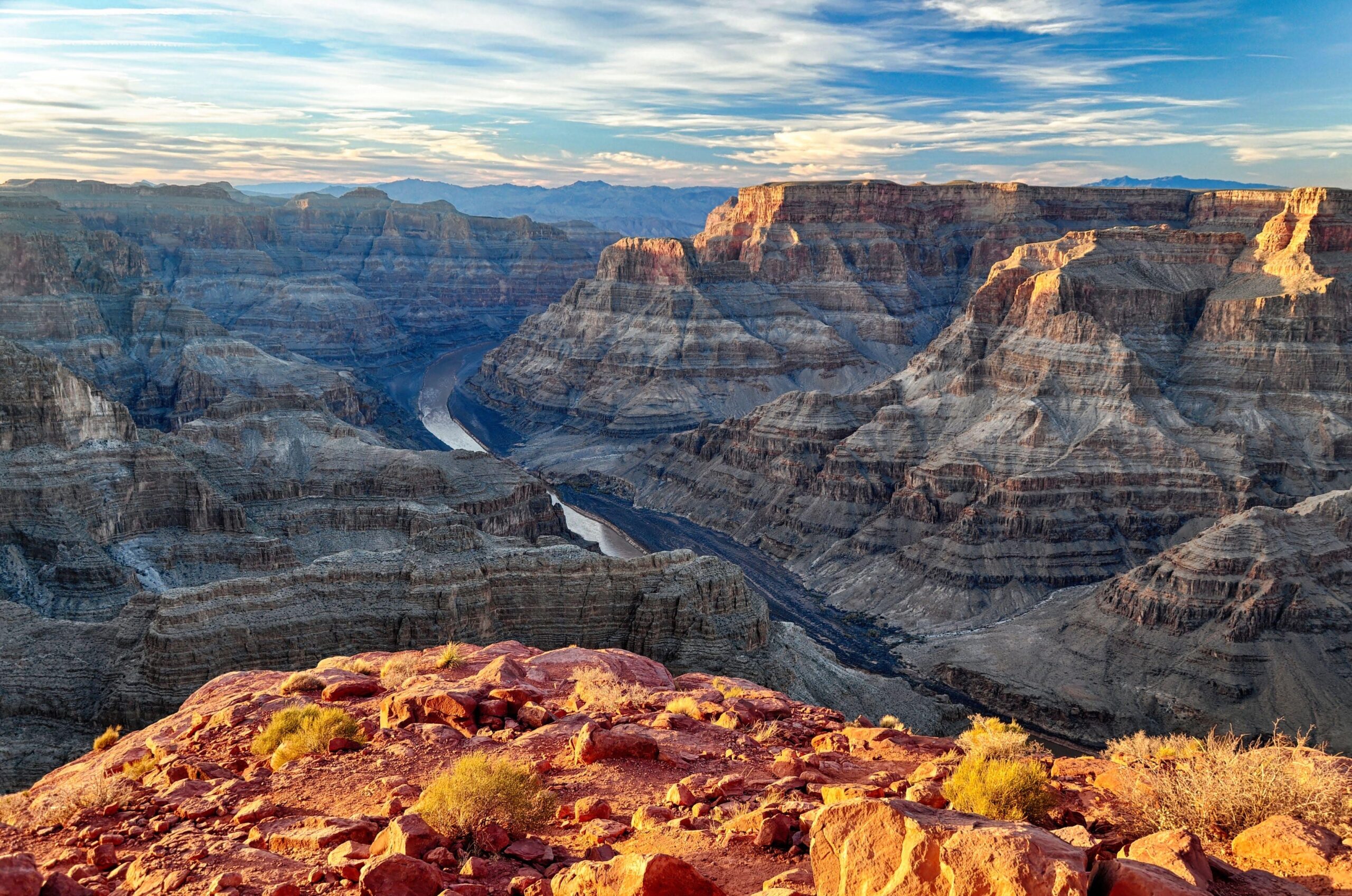How Long Is the Golden Gate Bridge: Unveiling the Iconic Landmark

The Golden Gate Bridge stands proudly as a suspension bridge, gracefully spanning the Golden Gate, a strait that extends one mile (1.6 km) and connects San Francisco Bay to the vast Pacific Ocean. Serving as a vital link, this architectural marvel connects the city of San Francisco, California, located at the northern tip of the San Francisco Peninsula, to Marin County. The bridge accommodates both U.S. Route 101 and California State Route 1, facilitating transportation across the strait for vehicles. In addition to vehicular traffic, it welcomes pedestrians and cyclists, holding the distinction of being part of U.S. Bicycle Route 95. Acknowledged by the American Society of Civil Engineers as one of the Wonders of the Modern World, the Golden Gate Bridge stands tall as an internationally recognized symbol of both San Francisco and California.
- How Long Is the Golden Gate Bridge: Unveiling the Iconic Landmark
- How long does it take to cross over the Golden Gate Bridge?
- What are three interesting facts about the Golden Gate Bridge?
- Does it cost to walk across the Golden Gate Bridge?
- How far down is the Golden Gate Bridge to the water?
- What is the best time to visit Golden Gate Bridge?
How long does it take to cross over the Golden Gate Bridge?
The bridge spans a distance of 1.7 miles, making for an approximately 35-minute walk each way.
For those opting for the Hop On Hop Off bus tour, walking one way and catching the bus at the other end (Vista Point) provides a convenient alternative to the return walk. At Vista Point on the other side, basic amenities like bathrooms are available, complemented by yet another captivating view.
Choosing the best time for a bridge walk involves considering a few pros and cons. Mornings offer fewer crowds but present the challenge of looking eastward into the sun, which may not be optimal for photographers. Weekday mornings also involve sharing the sidewalk with bicycles until 3:30 pm.
Late afternoons bring more people but boast gorgeous light (weather permitting) and vibrant colors. Additionally, the east sidewalk becomes bicycle-free after 3:30 pm.
In my opinion, the best time is weekdays after 3:30 pm, combining beautiful light with the absence of bicycles on the east side. Alternatively, weekends in the afternoon also offer a good experience, with cyclists restricted to the west side all day, although there may be more walkers on the bridge.
A helpful tip for bridge walkers: Dress warmly in layers. San Francisco’s climate tends to be cool, even during summer, with chilly winds from the ocean. The bridge, being exposed to these winds, can feel colder. Additionally, sudden and unpredictable fog may lower the temperature abruptly. Stay prepared for the ever-changing San Francisco weather.
What are three interesting facts about the Golden Gate Bridge?
The distinctive color of the Golden Gate Bridge, known as International Orange, was specially chosen by architect Irving Morrow. While this vibrant orange-red hue is commonly used in the aerospace industry, the version applied to the suspension bridge is one of a kind.
Slightly lighter than the color found on an astronaut’s spacesuit, the paint formulation was designed to resist rust, providing protection against the corrosive effects of the salty water spray. Safety considerations played a crucial role in the selection of this bright orange shade, enhancing the bridge’s visibility in the dense fog that frequently envelops the San Francisco Bay.
The Golden Gate Bridge has witnessed the passage of more than 2 billion cars since its inception. Dr. Arthur Molinari, the symbolic one billionth driver, crossed the iconic bridge on February 22, 1985, receiving celebratory gifts of champagne and a hardhat. By 2019, the number of cars had surpassed two billion, reflecting the enduring popularity and significance of this architectural marvel.
An unexpected event occurred during the celebration of the Golden Gate Bridge’s 50th anniversary on May 24, 1987. While the city anticipated 50,000 attendees, an astonishing 750,000 to 1,000,000 people showed up. The massive crowd, weighing down the bridge, led to a remarkable flattening of the curved arch, causing the bridge to lower by 7 feet.
Even before its completion, the Golden Gate Bridge faced the forces of nature. In June 1935, while still under construction, the bridge experienced a strong earthquake. Construction workers atop the South Tower reported a significant sway of the pillar, reaching 16 feet from side to side.
Beyond its structural fame, the Golden Gate Bridge has also achieved Hollywood stardom, featuring in numerous films. Notable appearances include the 1985 James Bond movie, “A View To A Kill,” and the 2011 film “Rise of the Planet of the Apes.” Directors often showcase the bridge’s resilience, portraying it as indestructible, despite its real-life encounter with natural forces and earthquakes. This enduring cinematic presence is evident in films like the 1955 classic, “It Came from Beneath the Sea.”
Does it cost to walk across the Golden Gate Bridge?
Embark on a scenic stroll across the Golden Gate Bridge, a captivating experience that covers approximately 1.5 miles (2.5 km) to mid-span.
Take your time to savor the journey, pausing to capture photographs and relish the breathtaking views. We recommend allocating a generous sixty to ninety minutes for the walk, allowing you to fully appreciate the surroundings. For those in a hurry, a brisk pace can complete the journey in 30-40 minutes.
Optimal times for these walks are late morning or early afternoons. During these periods, the morning fog is more likely to have dissipated, and the afternoon sun casts a favorable light for photography.
Commence your walk from any of the Golden Gate Bridge parking lots, and you can choose your preferred direction. Our parking lot pages offer satellite photos and guidance on accessing the sidewalk. Starting from the southern end provides convenient access to a snack bar and gift shop at both the beginning and end of your excursion.
Insider’s Tip: If you choose the south parking lot closest to the bridge, be aware that the spaces are metered, requiring $1.00 (four quarters) per hour. Ensure you have quarters for the meter. Alternatively, nearby lots charge a flat $5 fee. For those parking in the North lot (Vista Point on the east or the small lot off Conzelman Road on the west), spaces are free with a four-hour time limit.
How far down is the Golden Gate Bridge to the water?
Plummeting from the Golden Gate Bridge to the waters of the San Francisco Bay below takes a mere four seconds, covering a distance of 220 feet.
What is the best time to visit Golden Gate Bridge?
The Golden Gate Bridge is a captivating sight year-round, but the optimal time for a visit is when the skies are clear, and the crowds are fewer. Consider stopping by midweek during the early morning or late afternoon, or explore on weekend afternoons. It’s advisable to avoid the months of June through August when the notorious San Francisco fog tends to roll in, obstructing the best views both in the morning and evening.
For the most stunning perspectives of the Golden Gate Bridge, embark on a coastal walking tour through San Francisco’s Presidio. This route offers breathtaking bridge views from various vantage points such as Crissy Field, Fort Point, and Baker Beach. To capture a photo from the north end of the bridge, opt for a tour that crosses to the Marin Headlands. While Vista Point is a popular spot for viewing the bridge in Marin, it can get congested with cars. Consider taking a short hike towards Battery Point and Slacker Hill for expansive views of the city.




